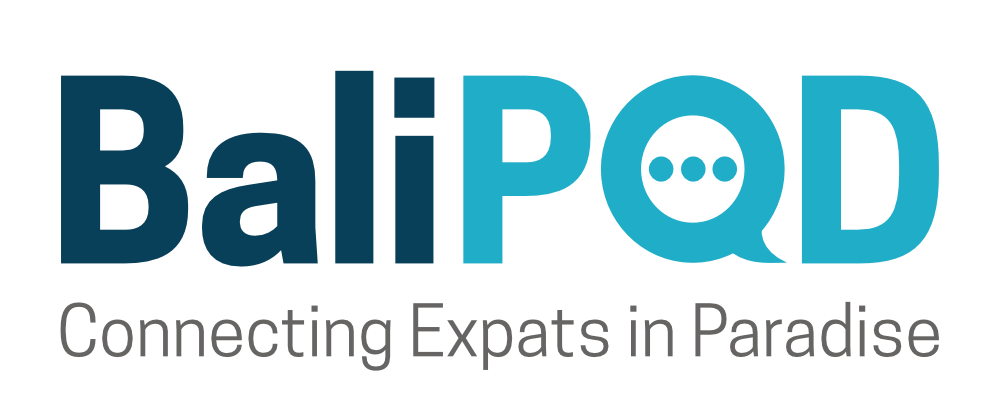Indonesia, with its vast coastline and rich marine resources, has positioned seaweed as a key player in its maritime economy. Beyond its role as a vital raw material for various industries—ranging from food, pharmaceuticals, and cosmetics to animal feed and medicines—seaweed also holds promise as a nutrient-rich superfood.
Seaweed cultivation sustains approximately 250,000 households and supports nearly one million small-scale farmers along Indonesia’s coasts. Key varieties cultivated include:
- Euchema cottonii and Euchema spinosum, used for carrageenan production.
- Caulerpa sp, known for bioactive compounds.
- Gracillaria sp and Gelidium, sources of agar.
- Sargassum, a producer of alginate.
In 2022, Indonesia exported $600.36 million worth of seaweed products, a 74% increase from the previous year. This included $399.3 million in dried seaweed, $187.1 million in carrageenan, and $13.32 million in agar.
Despite these impressive figures, only 0.8% of the country’s 12 million hectares of potential seaweed farming areas are currently utilized.
Seaweed: A Growing Export Market
Seaweed extracts like agar and carrageenan, derived from varieties such as Gracilaria, Gelidium, Euchema cotonii, and Euchema spinosum, are gaining global recognition. These extracts are not only essential in food production but are also increasingly used as additives and supplements in animal feed.
Most Indonesian seaweed is exported raw, supported by about 100 active exporters. The animal feed industry represents a growing market, alongside traditional food and pharmaceutical sectors, quoting ukmindonesia.id.
Key regions for seaweed cultivation and processing include:
- South Sulawesi: The largest producer, with hotspots in Takalar, Jeneponto, Bantaeng, and Bulukumba.
- Southeast Sulawesi: Significant production and processing in areas like Muna, Buton, and Wakatobi.
- West Nusa Tenggara: Prominent in Lombok and Sumbawa.
- East Java: Known for its processing facilities in coastal areas such as Sidoarjo, Gresik, and Probolinggo.
- Bali: Growing industry centered in Jembrana and Buleleng.
Emerging regions include Maluku, East Nusa Tenggara, and East Kalimantan. Notable small enterprises, such as one in Karawang, West Java, have successfully introduced innovative seaweed products like crystal noodles and biostimulants to the global market, creating substantial local job opportunities for 200 individuals and generating an impressive annual revenue of 7 billion rupiah.
The use of seaweed as a biostimulant is driven by Indonesia’s seaweed production potential of 9.2 million tons per year. However, only 5.4 million tons are utilized by industries, leaving an estimated surplus of 3 to 4 million tons that remains untapped, quoting Antaranews.
China: Indonesia’s Largest Seaweed Export Market
China dominates as the primary export destination for Indonesian seaweed, accounting for $422.6 million (70.4% of export value) in 2023. Other key markets include the EU ($51.54 million), the U.S. ($20.72 million), ASEAN countries ($19.62 million), and South Korea ($16 million), reported by data.goodstats.id.
Strategies to Enhance Value and Market Trends
To remain competitive in the global market, Indonesian seaweed businesses must adopt the following strategies:
- Certification: Emphasizing organic labeling to meet global standards.
- Marketing Narratives: Highlighting sustainable production methods, social benefits, and environmental impact.
- CSR and Ethical Practices: Demonstrating commitment to sustainability through corporate social responsibility initiatives.
Emerging consumer preferences for natural, organic, and sustainable products, along with advancements in technology and vertical supply chain integration, underscore the industry’s future direction.
Challenges and the Path Forward
Despite its potential, Indonesia’s seaweed industry faces challenges such as competition from other countries and limited government support. To enhance its global standing, the focus should be on:
- Improving product quality and consistency.
- Ensuring traceability.
- Strengthening contract enforcement.
By leveraging blue-economy policies that enhance quality assurance and boost domestic and export demand, Indonesia’s seaweed sector can further contribute to global industrial needs while ensuring sustainable livelihoods for its farmers.
Sources: ukmindonesia.id, antaranews.com, data.goodstats.id
Image source: Eldo Rafael (unsplash.com)
The post Unlocking the Export Potential of Seaweed Indonesia appeared first on Invest Indonesia.




